Virgin of Guadalupe (Virgen de Guadalupe)
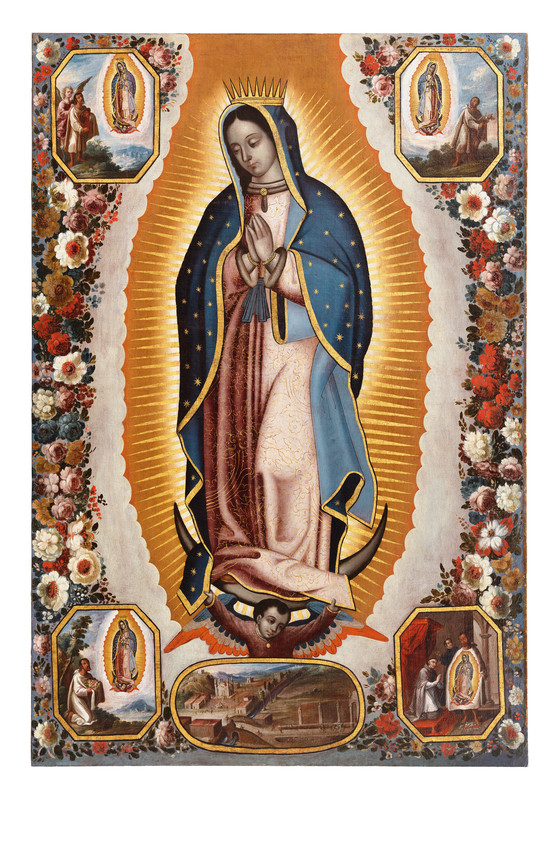
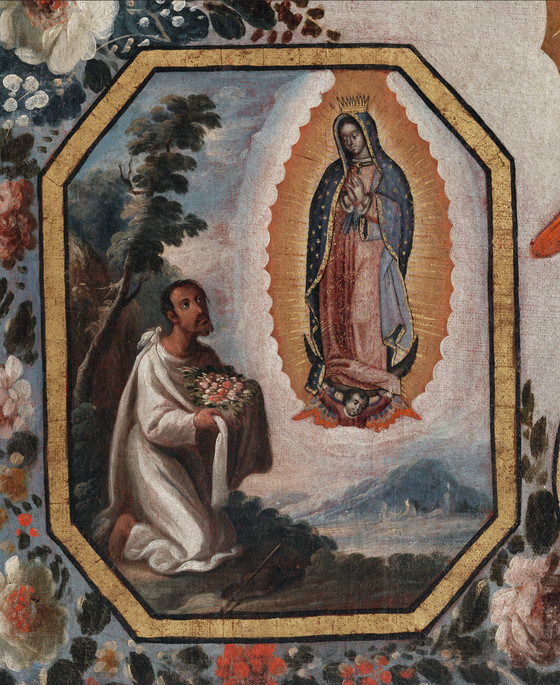
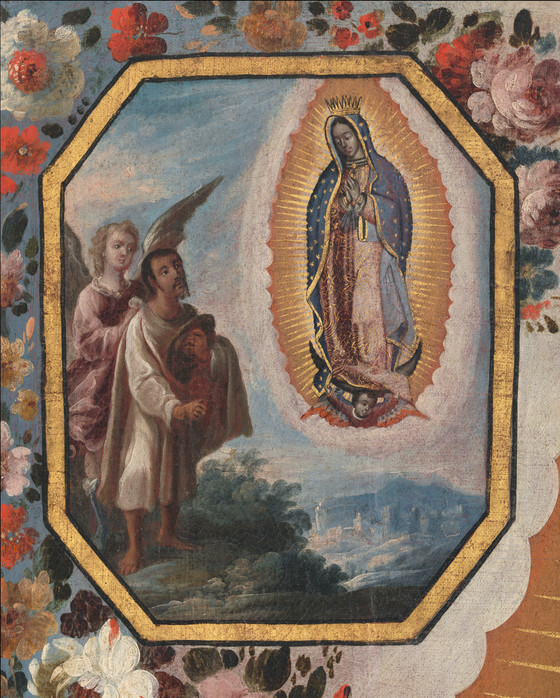


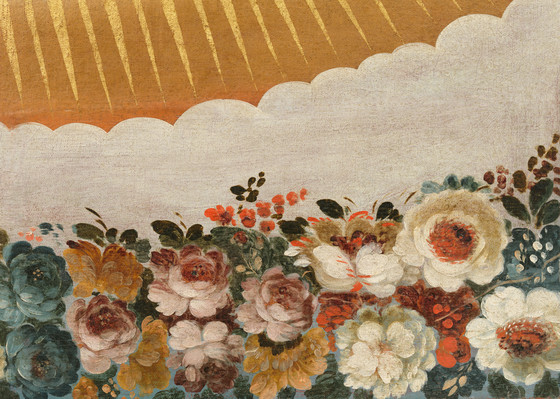



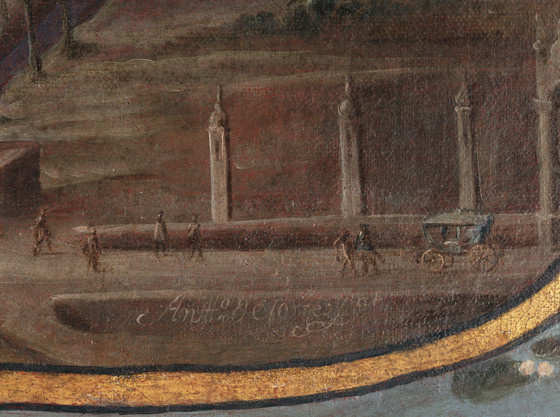
Please log in to add this item to your gallery.
View comments
No comments have been posted yet.
Add a comment
Please log in to add comments.
Please log in to add tags.
* Nearly 20,000 images of artworks the museum believes to be in the public domain are available to download on this site.
Other images may be protected by copyright and other intellectual property rights.
By using any of these images you agree to LACMA's Terms of Use.
New Acquisition: Antonio de Torres, Virgin of Guadalupe
May 1, 2019
Our Lady of Guadalupe is without question one of the most revered and reproduced images of the Christian world. Legend has it that in 1531, just a few years after the conquest of Mexico, the Virgin appeared several times to the Indian Juan Diego at the hill of Tepeyac, north of Mexico City, and asked him to visit Bishop Juan de Zumárraga so he could build her a chapel on that location. At first, the bishop refused to believe Juan Diego, until he unfolded his cloak filled with extraordinary flowers, revealing the miraculously imprinted image of the Virgin. In awe, the bishop fell to his knees and begged the Virgin for forgiveness. According to tradition, the image imprinted on Juan Diego’s cloak is the same venerated today at the Basílica of Guadalupe in Mexico City, which continues to attract millions of pilgrims each year.
Virgin of Guadalupe (Virgen de Guadalupe)
Paintings
Oil on canvas
Unframed: 81 1/2 × 55 1/8 in. (207 × 140 cm); framed: 89 × 62 1/2 × 2 1/2 in. (226 × 158.75 × 6.35 cm)
Gift of Kelvin Davis through the 2014 Collectors Committee (M.2014.91)
Not currently on public view


